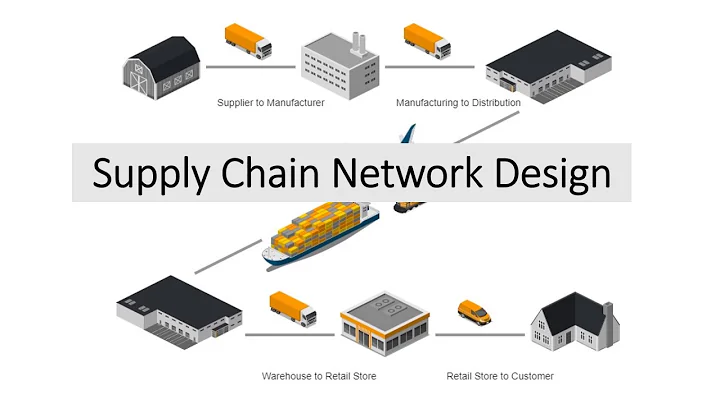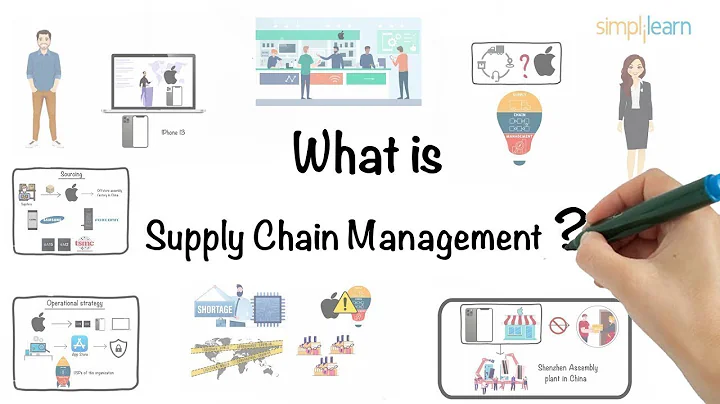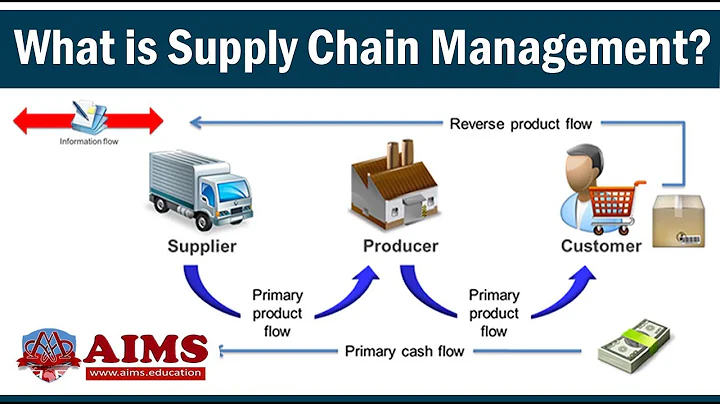
In the demand definition stage, the supply chain's contribution to the product is mainly to help design optimization and design selection. Design optimization is crucial to manufacturability. The higher the manufacturability, the lower the complexity; design selection is of great significance to standardization and generalization, and directly affects economies of scale. Whether it is design optimization or design selection, the supply chain plays a key role.
Let’s first talk about design optimization .
I went to some companies and asked them how they were doing with their design optimization. The answers were mostly negative, and the best was "not bad overall, but there is room for improvement" - this was when designers were present "political correctness". If the design is not optimized, it will increase the difficulty of the manufacturing process and increase the complexity of the manufacturing end, affecting cost, delivery and quality, whether it is processed by yourself or produced by a supplier. There are two fundamental reasons why
cannot do one thing well: either does not have the will to , or does not have the ability to . If the design is not optimized, the first thing people think of is that the engineers have no will. When cost is not an indicator for engineers, they will be more inclined to performance at the expense of cost. This is easy to do. Give engineers target cost , annual price reduction and other indicators, and performance appraisal will change the organizational behavior, ensuring that they will be more willing to design and optimize.
The question is, even if they have the will, do engineers have the ability to optimize the design? Not necessarily, let’s see how design optimization is done. The engineers have designed the drawings and formulated the specifications. This is their product design. Let the purchaser take it to the supplier for proofing. What the supplier does is process design . Feedback from the supplier comes, saying that an X material was used in the design, which is too hard, difficult to cut, high in processing cost, slow in speed, and low in yield. Your peers are all using Y material, which can meet the design specifications. It’s easy to process, has high yield and low cost, so why don’t you use it? The designer said, "Why don't I know such a good idea?" There is a reason why
engineers don’t know, because they design in front of computers all day long, or how much time they spend on the production line during design review meetings to become familiar with the manufacturing process? This is especially true for young engineers: they have only been out of school for a few years and know a little about product design, but they know little about manufacturing processes. When the daughter-in-law became a mother-in-law after many years, made many mistakes, and paid a lot of tuition fees, and became familiar with both product design and process design, they no longer did design - they became managers and started management.
This is a common problem faced by enterprises: the half of the engineers who are mainly doing design are below average. This is no disrespect to designers at all - at any given time, half of us are always below our average. They understand product design, but are not experts in process design. They need the supplier's process to connect and realize the interactive optimization of product design and process design, which cannot be achieved without the help of procurement and supply chain.
does not understand craftsmanship, and designers’ good intentions in optimizing design are not rewarded. This can be seen in all walks of life.
For example, in the construction industry, in order to save steel, some designers strictly design according to the most economical ingredients. Those who can use No. 8 steel bars do not use No. 10, and those who can use No. 10 do not use No. 12. As a result, the ingredient list for the same structural component contained three types of steel bars: No. 8, No. 10, and No. 12. Although it saves the most materials, it increases the complexity of the construction process and even causes quality hazards: the material numbers of these steel bars are so close. , it is difficult for workers to identify and often misplace them; if the No. 10 is misplaced as the No. 8, there is no big problem, it is just a waste of materials; but if the No. 8 is misplaced as the No. 10, the problem is big. If you put them in the wrong place and then replace them, the cost is very high. It would be better to design them as one type of steel bars, and the total cost would be lower. The root cause is still the same: the design engineer lacks knowledge of production processes, has never done construction, and is not familiar with problems that may arise during construction.
I say this to explain a simple truth: Without feedback from process design, it is difficult to optimize product design . Including key suppliers early in the design phase is an important measure to optimize product design, reduce complexity, and improve manufacturability. The more complex and high-tech an industry is, the closer product design and process design are, and the more important it is for procurement and early supplier intervention.
The procurement function of the supply chain plays a key bridge role between product design and supplier process design. However, this bridge is often not built, mainly for two reasons:
First, procurement is a liberal arts function, which lacks technical strength and cannot effectively connect its own designs with the technical personnel of suppliers. This can be addressed by setting up professional manufacturing engineers, process engineers, supplier engineers and other functions. In different companies, the names of these positions are different, but the nature is similar, that is, professionals do professional things: their expertise is manufacturing technology, and they may not necessarily have a design background, but understanding design is the key to realizing product design.
Second, improper procurement sourcing strategies have resulted in suppliers being unwilling to share their process knowledge. Many companies have a multi-product approach, which means that the same material number is assigned to two or more suppliers to obtain better prices and reduce supply risks by increasing the degree of competition. This approach is actually a false proposition and a reflection of weak management capabilities. I elaborated on it in "Purchasing and Supply Chain Management: A Practitioner's Perspective" (3rd Edition). What I want to talk about here is that one product has many points. This approach reduces the loyalty of excellent suppliers, affects their enthusiasm in optimizing the interaction between product design and process design, and directly leads to low optimization of product design.
You must know that the reason why an excellent supplier is excellent is that they have unique technology, unique craftsmanship or knowledge that other suppliers do not know. With multi-source sourcing, how much motivation do excellent suppliers have to contribute their unique knowledge to help you integrate it into your design, so that their inferior competitors can also learn from it? When problems arise during the manufacturing process, these suppliers are unwilling to let customers' engineers go to the site to solve problems, and they are also worried that they will teach their competitors what they have learned. This directly determines that the product design cannot be optimized. If the design of
is not optimized, the manufacturability will be poor, and the cost will remain high, which becomes a procurement problem - if the cost is not designed, the procurement must be cut. How much can you cut by just opening your mouth? If we can't cut much, we will bring in more suppliers, which will increase the sufficiency of competition and make excellent suppliers less loyal. They will be even less willing to help us with design optimization in the subsequent development of new products in and , and we will fall into a vicious cycle.
Let’s look at the design and selection of and .
I often hear procurement complaints that there are so many screws (or anything else) in the world, but our designers just chose a different one, which is difficult to source and not very cost-effective. Think about it, is it in the engineers' own interests to choose a bad screw? Of course not, which means engineers don’t want to see such a result. Since it is not a question of willingness, it is a question of ability: engineers often do not understand the supply and cannot do a good job in design selection.
Let’s first look at how engineers select models. Suppose they need a screw, then go to a product catalog and find the one that is most suitable or has the best price/performance ratio. This product catalog was either found online, or it happened to be left by a supplier last time. Will they search out all suppliers' product catalogs and make a comprehensive comparison? Of course not: they often don't know those suppliers at all - the more minor components are designed by every engineer, the less they are any one engineer's expertise.
Who is most familiar with these vendors? The purchaser is responsible for the purchase of this product and is the person who knows the supplier market best.This is the early intervention of procurement, which positively affects the demand in the demand definition stage and makes good design selection. Related to this is early involvement of suppliers. This is especially true for those more complex selections: suppliers know their products best, and procurement needs to rely on the suppliers’ experience and wisdom to optimize demand.
as an example. Suppose you are a real estate developer and need to use the power distribution cabinet of ABB. Your engineer is actually not very knowledgeable about what specifications to equip, so he tends to be conservative in selecting models and choose models with higher specifications. For example, a 100-yuan configuration would have been sufficient, but a 130-yuan configuration was chosen. It has excess capabilities, is unique, is highly complex, and subsequent maintenance is not cheap.
was over budget, so the purchase had to be negotiated for a price reduction. After much hard work, I finally managed to get it down a little bit, but I still couldn't get it down from 130 yuan to 100 yuan. The result is a lose-lose: you are confused, spend more money, and are unhappy; the supplier is bargained by you, and the gross profit is lower, and of course you are unhappy. If it is ABB engineers, they are more familiar with their products, and the selection will be more reasonable and cost-effective. It will not only meet your budget, but also make subsequent maintenance more convenient, and the cost of the whole life cycle will be lower. A win-win situation.
There are many examples of this in life. For example, if your department is holding an event and you go to the hotel to order a few tables of meals, if you order the food yourself, the dishes you order may not necessarily be liked by everyone, and are over budget; if you let the hotel girl prepare the dishes, the dishes will often be more complete. , everyone will be more satisfied with the meal, and it will not exceed the budget, which is the best of both worlds.
This is easy to understand, but why do so many companies fail to do it? There is a trust issue behind this: the purchaser does not trust the supplier, cannot effectively restrain the supplier's gaming behavior, and does not trust the early intervention of the supplier.
The key here is to establish long-term relationships with core suppliers and constrain the game after early intervention through long-term relationships.
Some companies in Japan are good examples of early supplier involvement. They cooperate with a limited number of suppliers. When the suppliers participate in the design, they know that the business is theirs, but do they dare to charge exorbitant prices because of this? I don’t dare, because if we hold customers hostage on this product, customers can’t do anything to them, but they don’t need to choose them for new products in the future – customers and suppliers have a long-term relationship, and suppliers know how many competitors they have. , and also know approximately what proportion of new business can be obtained. It is precisely because in a long-term relationship, suppliers have something to lose and the opportunity cost of non-cooperation is high that they are driven to "be good" and constrain gaming behaviors based on short-term interests.
7-month supply chain management series of open courses, there is only one day left before the start of the course






















